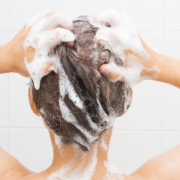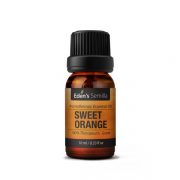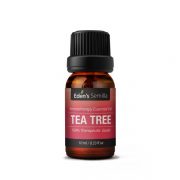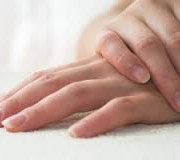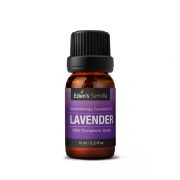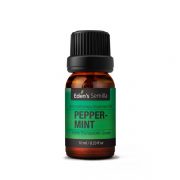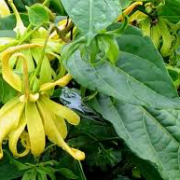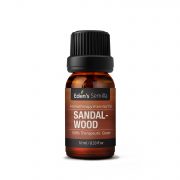The answer to your question is yes. Oil does have a thousand uses, including using them on your nails!
Nails can be prone to breakage and that makes its difficult to grow long and healthy nails. The average fingernail grows about 2-3mm per month. Excessive water use or lots of work with your hands can break your nails or cause
Essential oils, when mixed and prepared properly, can stimulate nail growth. Here are some ways to use oils (both essential and non) to strengthen and grow your nails.
Lavender
Make a warm lavender bath using a few cups of warm water, epsom salt and 5-10 drops of lavender. After soaking, apply drops of lavender directly to the cuticle of your nails.
Sweet Orange
Oh hey! Sweet orange is a great essential oil to use to stimulate nail growth. Apply a few drops to the cuticles or ends of your nails. Try this for a week at a time and ensure no reaction occurs.
Myrrh
Myrrh might be one of the best essential oils to use for this purpose! It’s strengthening characteristics make it moisturizing and wonderful for those looking to keep nails from thinning. Always test
Another warm bath:
And for kicks…here’s another warm bath and essential oil mix:
Ingridients:
2 tablespoons of Grapeseed oil
5 drops of Tea tree oil
3 drops of lemon essential oil
2 drops of lavender essential oil
How to make:
Simply add these essential oils together with warm water.
Blackstrap molasses:
Blackstrap molasses is a syrup but just for giggles, we’ll classify it as a oil replacement as it helps strengthen nails. Don’t apply to your fingers! Instead, add a teaspoon to warm water and sip. Its qualities are said to help prevent bitter nails as it works from the inside out.
Flaxseed oil:
When flaxseed oil is pure, it is a great oil to use. Finding pure flaxseed oil isn’t difficult – just requires a little label reading. After a warm water bath for your hands, apply flaxseed oil to the cuticles.
Vitamin E oil:
Vitamin E has the strengthening force to help hair, skin and nails. Its ability to protect bone and connective tissue makes for a great oil to apply. Apply at night (no sunshine at night, am I right?) Use with caution, however, as vitamin E oil can be strong and may irritate sensitive skin.
Dead Sea Salt bath:
The power of the Dead Sea…
Dead Sea salts not only make hands silky smooth but also remove dead skin. Make a warm salt bath with warm water, ¾ cup of dead sea salt and either lavender or sweet orange essential oil. Soak for 30-35 minutes. Afterwards, put on a pair of gloves to hold in the moisture.
Using gloves (for everything):
Using essential oils can feel a little greasy when you first begin using them. Use gloves after dipping your fingernails into essential oils and before bed. This help locks in the oils and moisture. Try a pair!
There are many options for applying oils to your nails. The key to this all is to apply consistently so that your nails adjust to each oil and utilize the properties of the oils.

